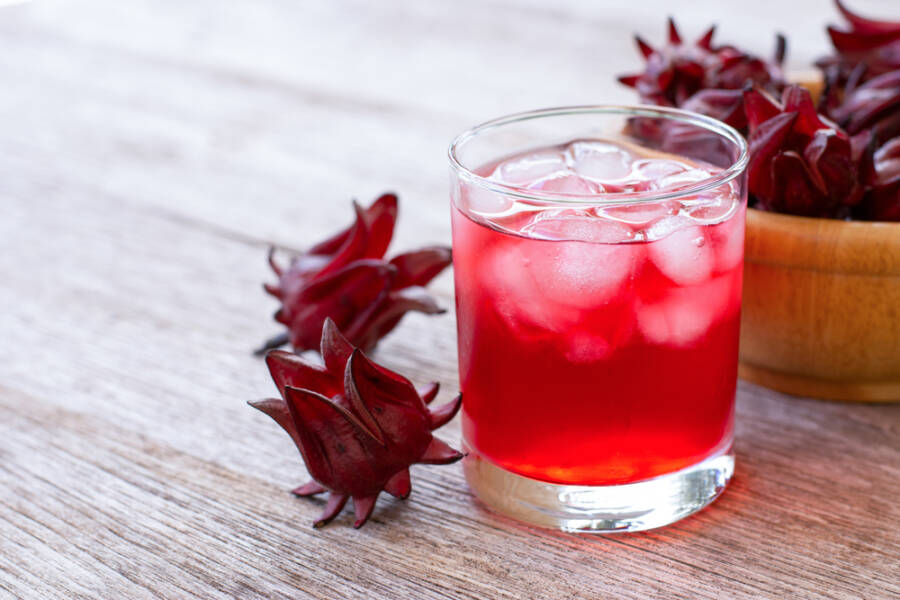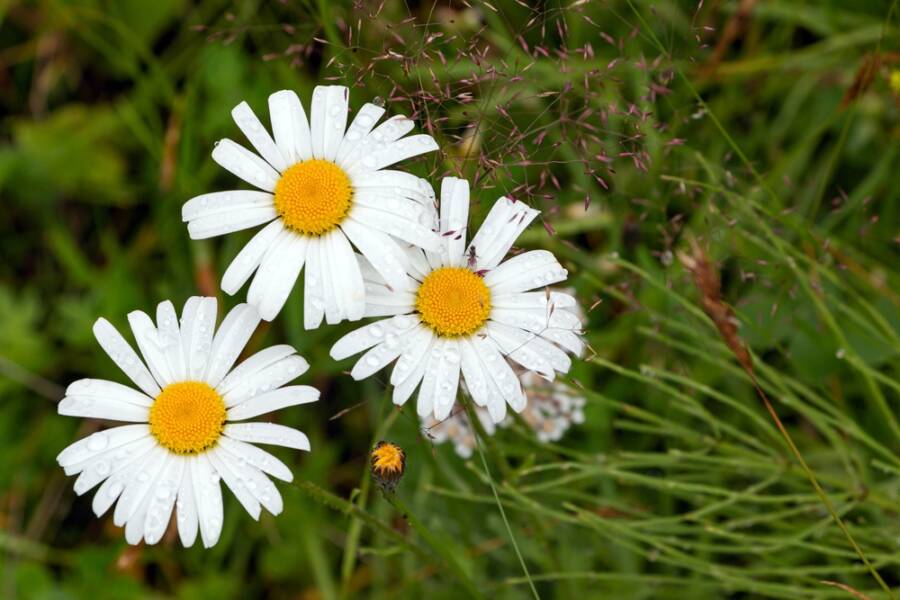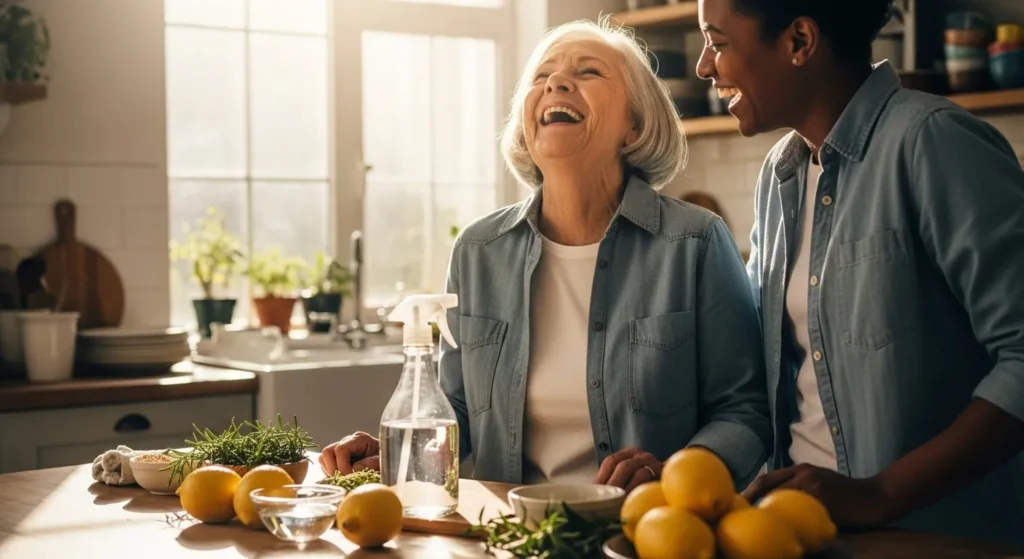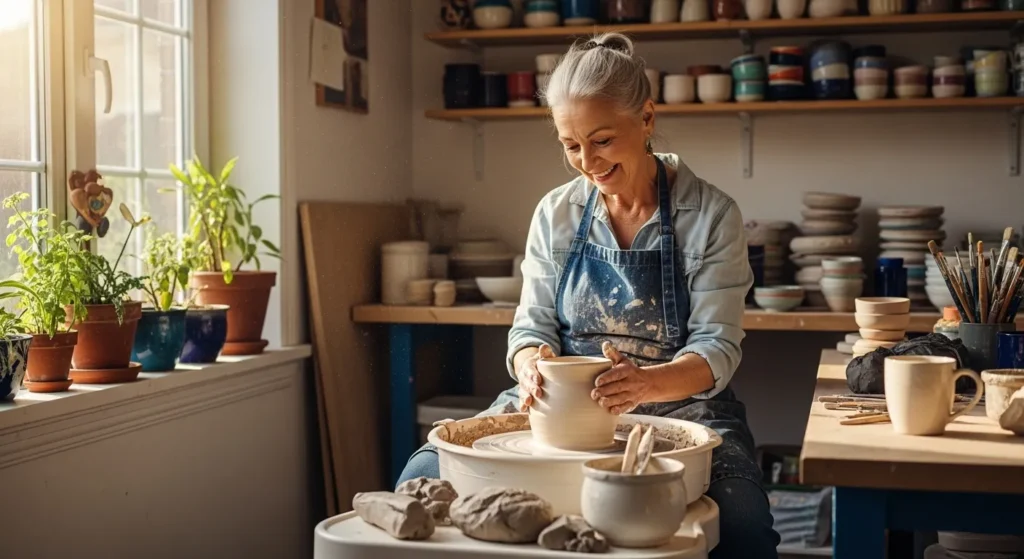Well hi, hello there. Here’s the thing: I was very eager to present it as if it’s still an uncertainty, but in fact, it’s actually set in stone. Well, as much as anything related to delicate flowers can be. Really now, it turns out that science DID SHOW you can get healthier if you eat…flowers. I know what you’re thinking. All this time wasted on offering them here and there when you could have eaten them all along. I get it, I felt just as fooled as you. Luckily, we’re in the known now, so let’s discuss how eating flowers is the way to improve your health in 2024.
Floral centerpieces on any dinner table are a classic and timeless tradition, but what if we start arranging them on our dinner plates, as well? Edible flowers are mainly used in many different styles of cuisine and can be easily found on menus all over the world.
Not all flowers are safe to eat, but those that actually are can definitely offer a unique burst of flavor and color to plenty of dishes, such as salads, sauces, beverages, and even entrées. Some of them can pack plenty of health benefits.

Hibiscus
Hibiscus plants produce beautiful ornate blossoms that generally grow in tropical and subtropical climates all over the world. Hundreds of hibiscus species are out there, but the most popular one is known as roselle or Hibiscus sabdariffa.
Hibiscus flowers can easily grow as large as 6 inches in diameter and are also found in a wide range of colors, such as red, white, yellow, and other shades of pink. Even if sometimes they are strictly grown for ornamental means, hibiscus is well known for its culinary and medicinal applications.
You can easily eat the flower straight from the plant, but it’s also used for tea, relishes, jam, and salads. Plenty of cultures drink hibiscus tea for its medicinal properties. Some studies even show that hibiscus helps reduce blood pressure and cholesterol levels, even if more research is needed to better understand how hibiscus can efficiently support heart health.
The tea is generally bright red and has a tart and sour flavor. It could be served hot, but it’s generally refreshing over ice on a hot summer day.
Dandelion
Dandelions are well-known for being stubborn garden weeds. But they happen to double as highly nutritious edible flowers as well. Dandelions have these small blossoms that are roughly 1-1.5 inches in diameter, with plenty of tiny, bright-yellow petals.
They also supply all kinds of plant compounds known to have powerful antioxidant properties. Interestingly enough, the flowers aren’t the only part of the dandelion that’s edible. Matter of fact, every part of this so-called weed can be easily enjoyed, including its roots, stems, and leaves. There are so many options for eating dandelions.
The flowers can be eaten raw, either alone or tossed into a salad. They can also be breaded and fried or simply used to make jelly and wine. The roots are often steeped to make tea, as the greens might be consumed raw as a salad or a sandwich topping. They can also be cooked in stews, casseroles, or any other dish that requires hearty greens.
Lavender
Lavender is known to be a woody, floral herb that originates from Northern Africa and the Mediterranean. The violet flowers are petite but plentiful. Lavender is well-known for its distinctive fragrance, which is highly acclaimed for its calming effects.
The combination of color and aroma makes lavender a specific addition to a variety of foods, such as baked goods, infused syrups, liqueurs, herbal teas, dry spice rubs, and herb mixtures. Its flavor pairs very well with both sweet and savory ingredients, such as citrus, berries, rosemary, sage, thyme, and chocolate.
When you cook it, it’s advised to start with a small amount and slowly increase the intake until you get the desired flavor, because it can easily become overpowering.
Honeysuckle
Almost 200 honeysuckles exist out there, but the most common ones are the Japanese and woodbine varieties. The fragrant blossoms, generally light yellow or white, hold nectar that can be eaten straight from the flower.
Honeysuckle has been essential to traditional Chinese medicine practices for centuries now. The flowers and their extracts are ingested or even applied to the skin to treat all kinds of inflammatory conditions.
However, its efficacy as a medicinal therapy for humans still is scientifically unproven. In the culinary world at least, honeysuckle is often used to make tea or a fragrant and full of flavor syrup. You can use that syrup to sweeten your iced tea, lemonade, yogurt, and sorbet, or even as a sugar replacement in bread recipes.
As the honeysuckle flower and its nectar are safe to eat, you should note that the berries of some types might be toxic if ingested in larger quantities.
Nasturtium
Nasturtium is a culinary favorite among many, due to its brightly colored blossoms and special and savory flavor. Both the leaves and flowers of nasturtium are edible and can be easily enjoyed cooked or raw.
They also feature a peppery and slightly spicy flavor profile, even if the blossoms themselves are somehow milder than the leaves. The funnel-shaped flowers are generally bright orange, red, or even yellow.
They also make an astounding garnish for cakes, pastries, and salads. The leaves are round and they look like small lily pads. They are quite tender, or at least tender enough to be used as salad greens or blended into pesto.
Nasturtium isn’t only quite a versatile and eye-catching ingredient, but it is also fairly nutritious, as it has a wide variety of minerals and health-promoting compounds with antioxidants and anti-inflammatory effects.
Borage
Borage, also known as starflower, is an herb that makes delicate, star-shaped flowers. The blossoms are generally blue, but they can also be white or pink. In herbal medicine, borage is used to treat minor ailments, like sore throat or cough.
However human research that would support its efficacy as a medical therapy is quite scarce. In the kitchen at least, there’s really no shortage of ways to put borage to use, especially since both these flowers and leaves are edible.
The flowers are oftentimes described as having a slightly sweet flavor that resembles cucumber and honey. The flowers might be eaten fresh in a salad or even as a garnish for desserts and cocktails. They can also be cooked and added to soups, sauces, or even stuffed pasta fillings. Borage can also be served as a stand-alone vegetable side dish.
Purslane
Purslane is a succulent that makes these tiny, yellow flowers and thick, fleshy leaves. Both of them are edible and can be eaten either raw or cooked. Historically speaking, purslane was seen as no more valuable than a garden weed.
But this small plant has recently gotten a better reputation, thanks to its rich nutrient content. It is filled with vitamins, minerals, and antioxidants, but probably its biggest claim to any nutritional podium out there is because of the omega-3 fat content.
As a matter of fact, purslane provides more omega-3s than any other vegetable of its kind. The flowers and leaves of purslane can be served raw in many salads and sandwiches. They can also be sauteed or steamed with other vegetables in the same pot, either as a side dish or as part of your favorite soups. You can even try this plant battered and fried.
Rose
There are more than 150 species of roses available out there, no matter their size and color. The best part is that they can all be eaten. But it’s worth noting that roses don’t taste all the same. In fact, a good rule of thumb for choosing a flavorful rose is that it smells quite pleasant, which means it probably tastes good as well.
You should only eat the petals since the leaves and stems don’t make a good palatable snack. Rose petals have quite an aromatic, floral, and slightly sweet flavor. They can also be eaten raw, mixed into all kinds of fruit or green salads, or dried and added to granola or mixed herbs.
Fresh rose petals can also be easily muddled and added to the liquid to make a rose-infused beverage, whether it’s jams or jellies. Chopped rose petals that are mixed with sugar or butter give quite a unique zing to otherwise ordinary ingredients.
Just like many other edible flowers, roses can also offer health benefits. Some research suggests that certain compounds in roses might play a role in reducing anxiety and promoting relaxation.
Squash blossom
If you ever had summer squash in your garden, then you are probably aware of their delicate flowers. But you might not know that these flowers are, in fact, just as edible as the squash itself. Even if these blossoms form all types of summer squash, the most popular ones come from zucchini. Zucchini flowers are bright yellow with a long and rounded bell shape.
These flowers can be eaten either raw or as a garnish or chopped and added to salads. If you feel indulgent, another delicious option is to stuff the blossoms with herbed cheeses and fry or even bake them until the delicate petals turn crispy.
You don’t even have to sacrifice your squash harvest to fully enjoy eating the flowers. In fact, only the female blossoms can turn into squash, so you can easily stick to eating the male flowers to ensure a proper harvest this year.
The male flowers have quite a long and thin stem and they generally grow around the outer edges of the plant. Female flowers tend to grow closer to the plant’s center and have a tiny but bulbous fruit at the base of the blossom, where it actually meets the stem.
Pansy
In all honesty, pansies are already sweet to look at as they are. But on top of that, they’re also good to eat. They have these small blossoms that measure 2-3 inches in diameter. They also exist in plenty of colors, whether it’s hues of purple, blue, or yellow.
They generally have overlapping petals with a dark area in the center that resembles an ink stain. As a general rule, pansies have a mild, fresh, and lightly floral flavor, even if there’s some flavor variation depending on their type.
Since pansies can have so many different color variations, they also make excellent decorative additions to desserts, whether it’s pastries, cakes, or even cookies. For extra flair, you can add some sugar to the petals before you place them in your dish.
For a simpler preparation, pansies can be easily chopped and added to a simple green salad for a splash of color and texture. Besides being a unique addition to a meal, pansies are also quite rich in antioxidants and other anti-inflammatory properties.

Chamomile
Chamomile is a well-known floral herb, used in cooking and other traditional medicine for centuries now. From a medicinal point of view, chamomile is oftentimes consumed to reduce anxiety and improve sleep quality.
The flowers resemble daisies, but they’re much smaller. They also lend a sweeter, more earthy flavor to the foods they are cooked with. Most recipes would call for heating the flowers in a liquid to efficiently extract their flavors and other bioactive compounds.
The leaves and flowers are generally dried first, but they can also be used fresh. As it’s mostly utilized for chamomile tea, the blossoms can also make syrups or other types of infusions for baked goods, smoothies, and desserts.
Takeaway
Even if you might be accustomed to seeing flowers only as a means to decorate, you can also add many of them to your diet for a pop of color and some texture, as well. Besides, many edible flowers are quite nutritious, and they pack a series of potent antioxidants and anti-inflammatory compounds that can easily support your health.
You can either serve them raw, cook them with vegetables, fry them as a snack, or even sprinkle them on your desserts. No matter your culinary skills, it’s facile to add edible flowers to your next meal.
If you found this article useful, we also recommend checking 8 Major Health Risks of Having Belly Fat













